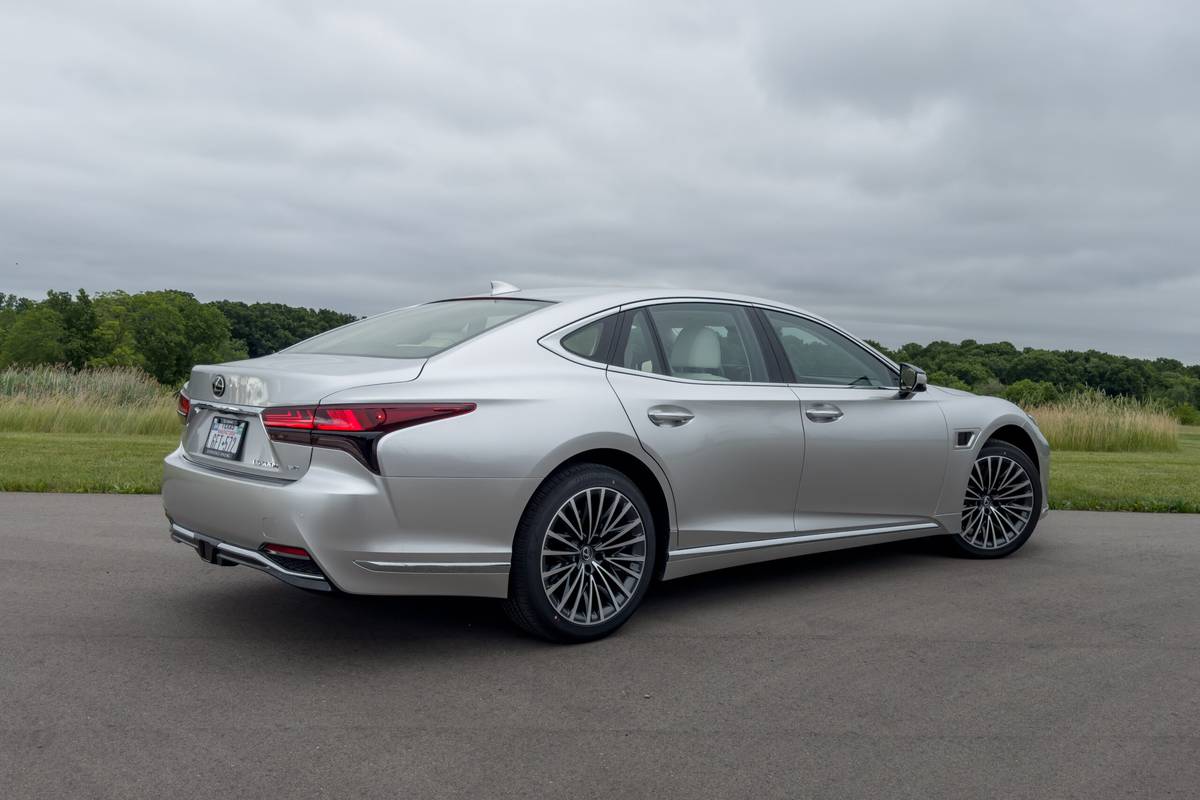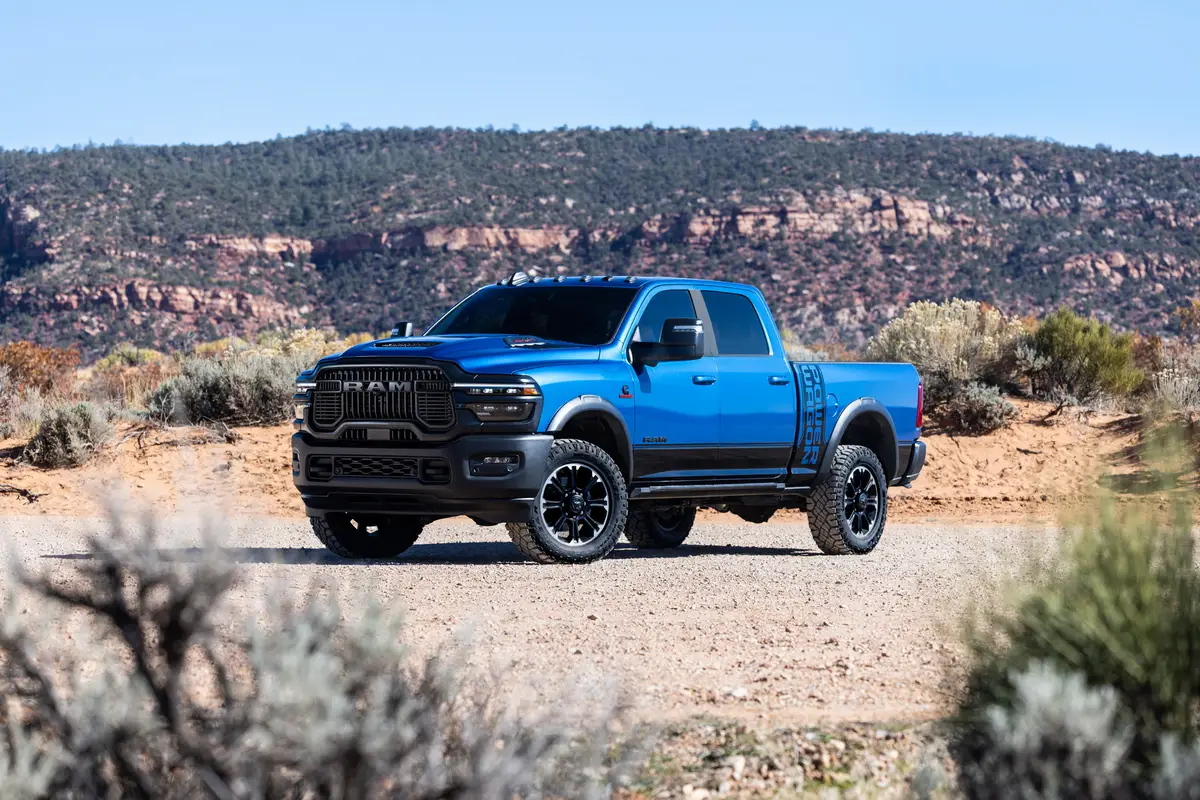KansasCity.com's view
The X5 isn’t an SUV in the traditional sense. BMW recognizes that difference and calls it an SAV, or sports activity vehicle.
The redesigned 2007 puts an even greater emphasis on sport, and that’s especially evident with the 4.8i. The 350-horsepower V-8 is ready to run at the slightest nudge of the throttle, proving yet again that while you don’t have to be a racer to enjoy a BMW, every BMW has a racer’s soul.
The X5, which is built in BMW’s Spartanburg, S. C., plant, is also available with a 3.0-liter six-cylinder that has 260 horsepower.
The V-8-powered X5 rumbles with vitality the instant you punch the start button. There isn’t a key in the traditional sense. Once the key fob is inserted into a slot by the steering wheel, the vehicle can be started with a button. Many high-end cars now have keyless ignition systems, but the BMW is the only one that requires inserting the key fob into the car rather than carrying it in a purse or pocket. That doesn’t seem to be more convenient than a regular key.
BMW’s V-8 is a model of muscular civility. It has been enlarged from 4.4 liters. Horsepower is up by 35, but Environmental Protection Agency fuel mileage ratings of 15 miles per gallon in the city and 21 on the highway are essentially the same. This larger engine is smooth yet strong. The unique Valvetronic system enables the engine’s breathing, or intake of air, to be controlled by valve lift rather than the throttle. A dual-stage intake design is an ideal complement to Valvetronic because it allows the engine to be responsive at both high and low rpm.
BMW prides itself on building vehicles for drivers who enjoy performance, and the X5 is even more capable as a pavement burner than before. The company has turned to a double-wishbone front suspension for the first time. BMW says this design, combined with a longer wheelbase, wider track and a revised four-link rear suspension, sets new standards for ride and handling. The handling is first rate, but the test car’s rear suspension was jarringly rough on city streets, a compromise some may be glad to accept for the vehicle’s cornering prowess.
The redesigned X5 includes an even greater selection of options to satisfy customers in this segment. Choices include active steering, active roll stabilization, electronic damping control, rearview camera and variable second-row seating. Active steering varies the steering sensitivity by speed. Active roll stabilization keeps the body flat in turns, and electronic damping provides adjustable shock absorbers.
The X5’s interior, particularly the instrument panel, is an evolutionary design that is both functional and aesthetic. Large, simple gauges dominate the area in front of the driver, and the center stack has an LCD screen that is used for iDrive as well as the optional navigation system and rearview camera. I’m surprised both aren’t standard on a vehicle in this price segment.
BMW’s iDrive uses a mouse-like knob on the console for many functions, including the radio and climate control. Even though iDrive has been simplified and there are separate controls for climate control, the menu system is too complex. Simple tasks are no longer simple, and that can be confounding.
In back, the X5 has fold-flat rear seats, a roomier cargo area and an automatic tailgate. A third seat is optional. The test vehicle was not equipped with the third seat, but I suspect it is pretty snug, given the overall size of the vehicle.
Price
The base price of the test vehicle was $55,195. Options included active steering, active roll stabilization, electronic damping, leather upholstery, panoramic sunroof, side window shaded, heated front seats, park distance control, hands-free cell phone, Bluetooth capability and satellite radio. The sticker price was $61,590.
Warranty
Four years or 50,000 miles.
Latest news



